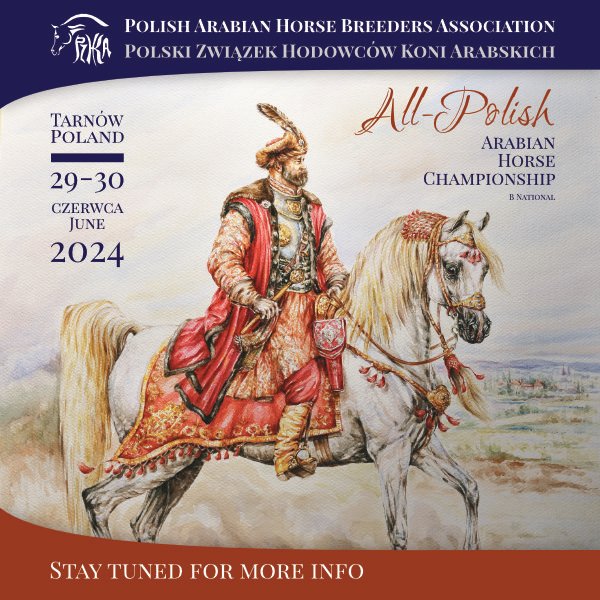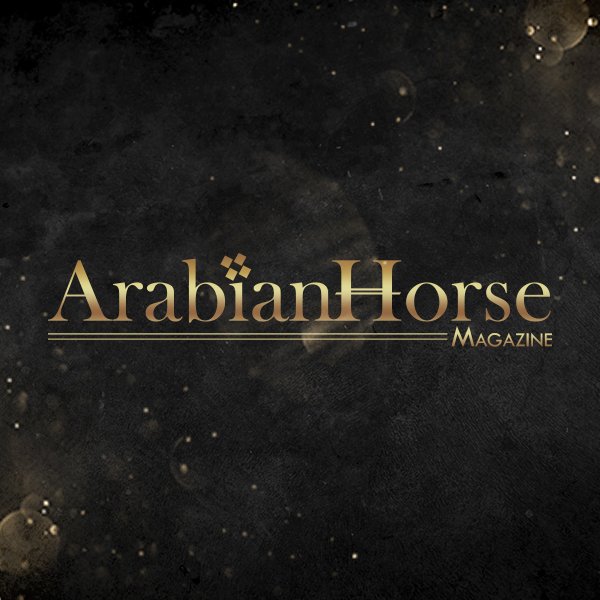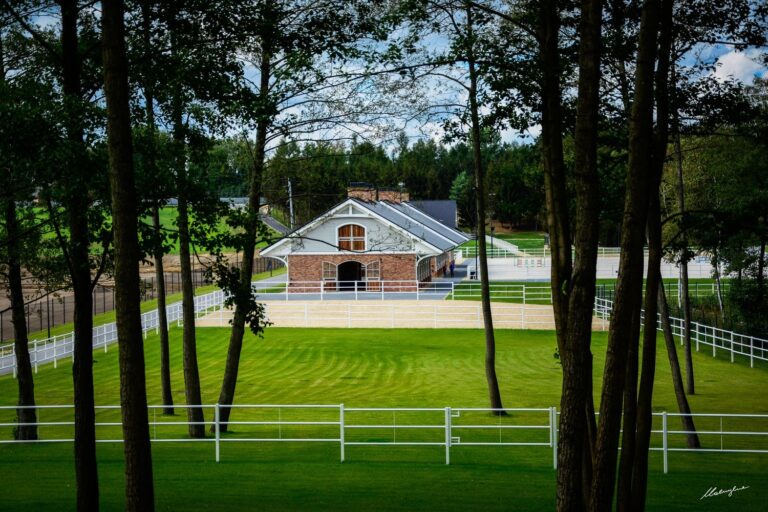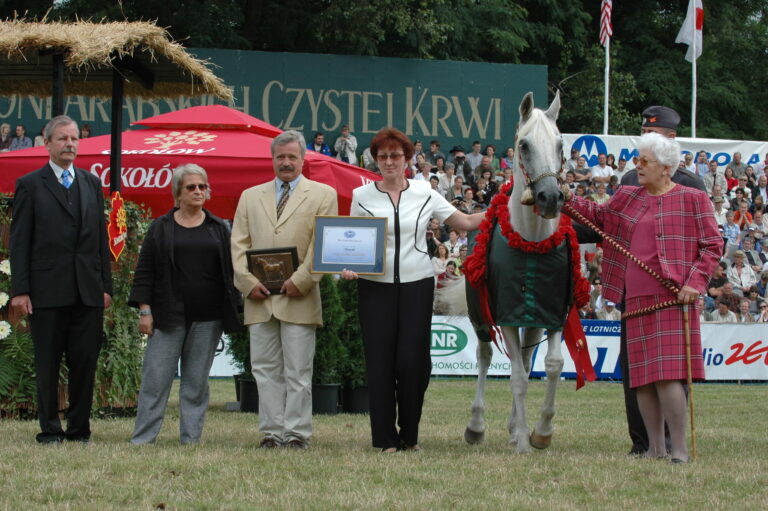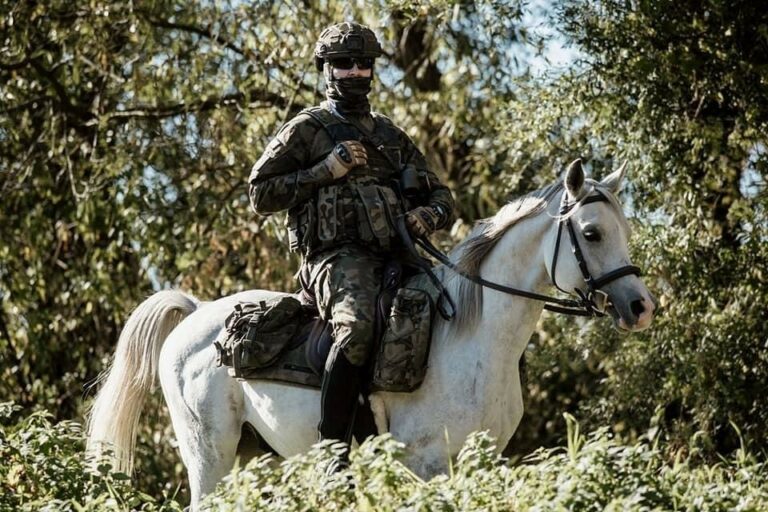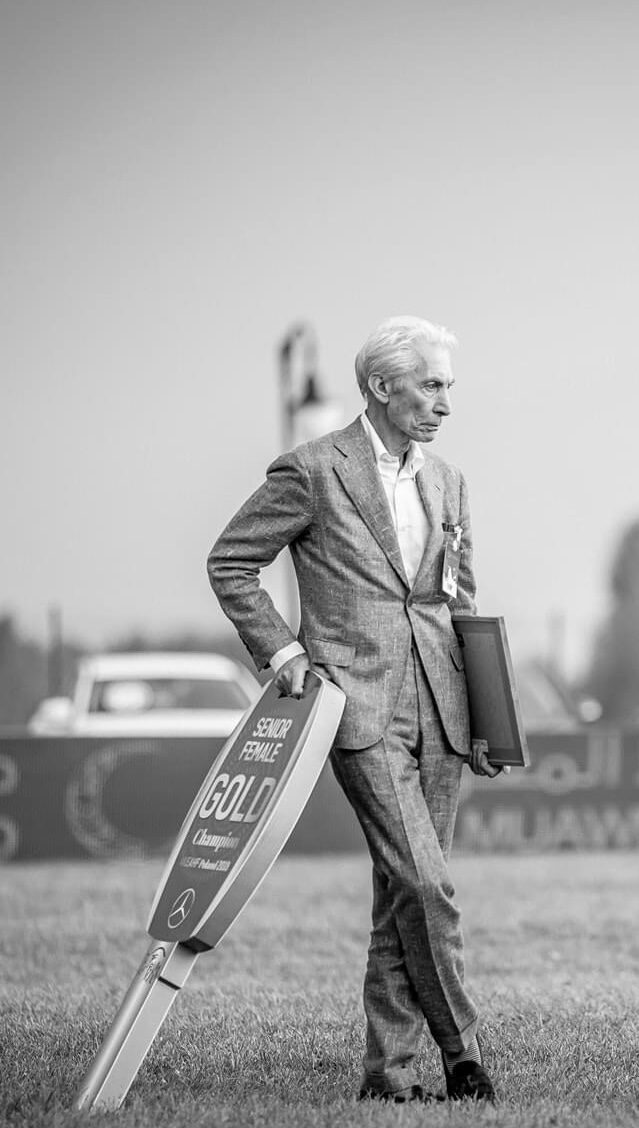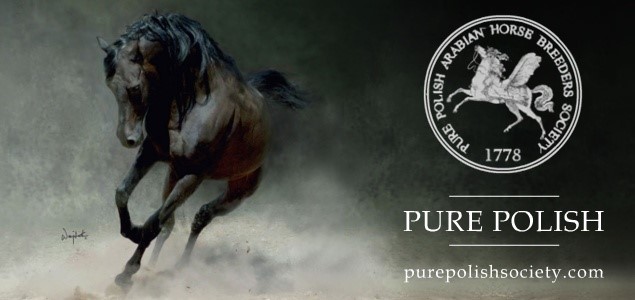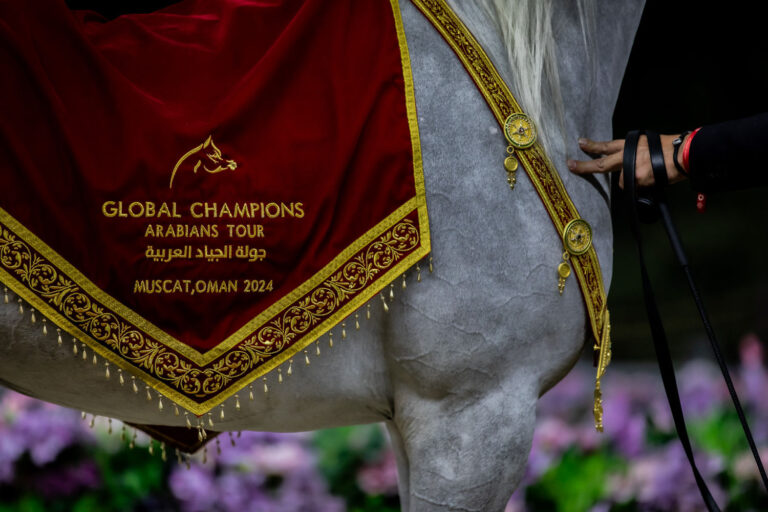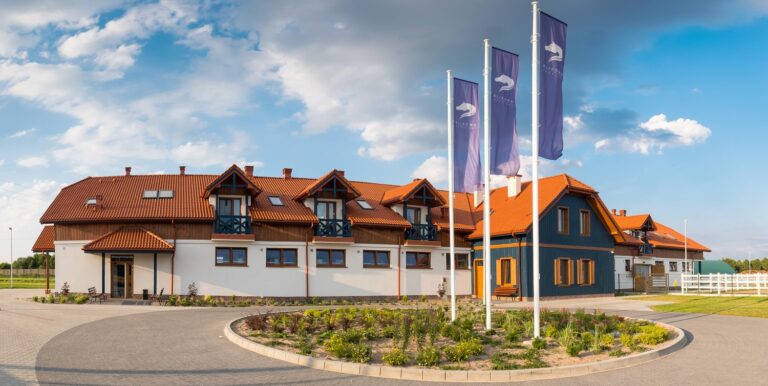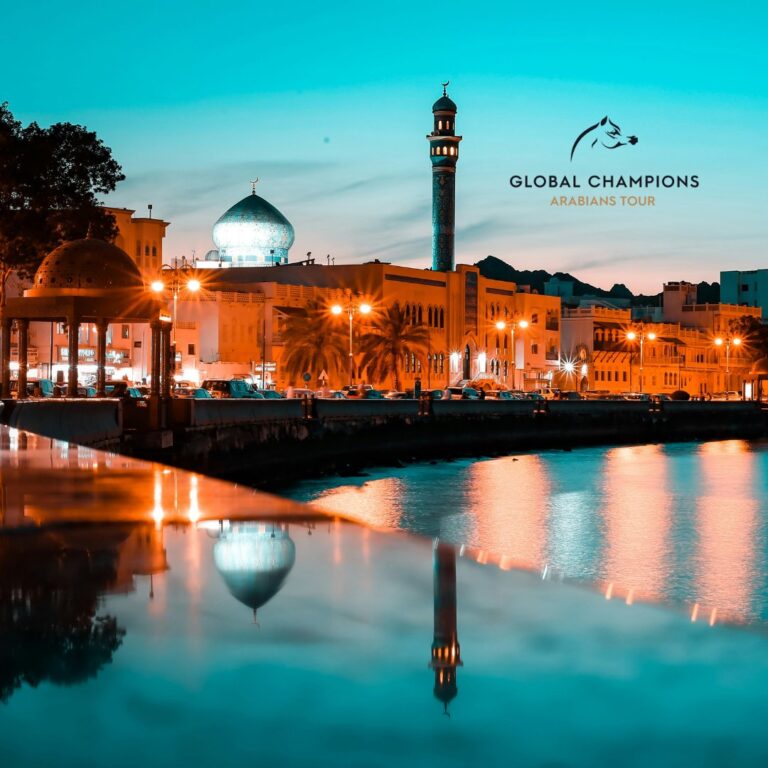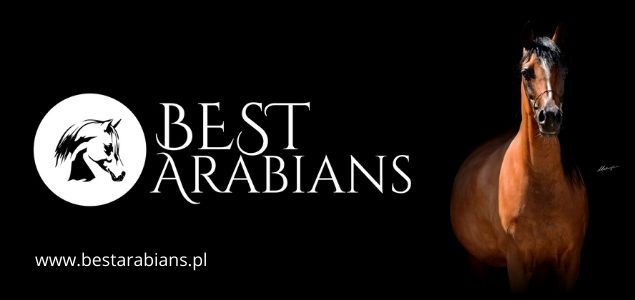Polish aficionados of the Arabian breed are familiar with the dramatic lots of the Janów horses, which were evacuated twice during World War II – once in 1939, fleeing from the Germans and a second time in 1944 when it was the Germans who were escaping from the Russians. This story almost begged to be novelized. A tale based on these events was published in France – “Les chevaux n’iront pas en enfer”. Its author is the born and permanently domiciled in France Pole, Jan Krauze, a journalist who once did a coverage of the “Solidarity Festival” for “Le Monde” daily and who quit that job to take up breeding of Thoroughbreds at his estate in Normandy. However as you can see he did not give up writing. He wrote the book in French, for the French reader, unacquainted with the course of events of World War II in Poland.
As we remember, the first of the mentioned evacuations ended in the return of both horses and people in pitiful condition after a 12 day long journey. Several hours later the Soviet troops came. All horses were robbed; they were loaded onto wagons and transported to Caucasus – to Tersk. At a given signal also the Belarussian people from across the Bug River, a territory which at that time lay within the Polish borders, set off to plunder the Janów Stud… The second evacuation took place at the end of the war. Already in July of 1944 the Nazi authorities loaded all the horses from the rebuilt from ruin stud onto trains heading West. For half a year the stud was stationed at Sohland near Rotstein (Saxony), after which it set off on foot to Dresden. “The march was over roads filled with troops and fugitives”, so describes that journey Prof. Witold Pruski in his book Two centuries of Polish Arabian horse breeding 1778–1978 and its successes abroad. “The weather was cold, rainy, with strong winds, the mares began to go into labor, the newlyborns had to be put on wagons, which there was a lack of.” The column reached Dresden at a time of the carpet-bombing by the Allies – on the night of the 13th and 14th of February, 1945. Many horses perished. Under this bombardment were also two of the most valuable Janów chief sires, the sons of Ofir, Wielki Szlem and Witraż. The frantic with fear stallions were held by the Janów groom Jan Ziniewicz. Thanks to him they survived. In March of 1945 the horses were sent to Nettelau in Schleswig-Holstein.
Jan Krauze’s book describes this epic in extreme details. The main characters of the story are a young passionate of Arabian horses Halina Malecka and Roman Wandycz, a Pole who spent his youth in Ukraine and who travelled to Warsaw together with the Polish racehorses in 1919, fleeing from the Bolsheviks. He tackled the Odessa-Lvov route on horseback, atop a stallion named Lancelot. Him and her meet at Janów Podlaski. They will be connected, despite a large age difference, by an affection for horses and a mutual fascination. Thanks to this pair we follow the lots of the Janów Arabians, first in ’39 and later in ’44 and ’45, when Halina and Roman accompany the stud during its evacuation to Germany. Appearing on the book’s pages are well-known names: Amurath Sahib, Wielki Szlem, Witraż, Ofir. Though the heroes are fictional characters, some personas are recognizable – the precursor of the literary Antoni Kilanowski was without a doubt Andrzej Krzyształowicz, the director of Janów Podlaski State Sud for many years after the war. Krauze describes the full of hardships and dangers journey, the air raid of Dresden, the rescuing of the horses. He depicts the portraits of Poles, but also of Germans, who during the turmoil of war tried to save the creatures entrusted under their care. He also mentions other, fairly unknown to the French reader, facts – the Battle of Warsaw (1920) and the Warsaw Uprising (1944). The story’s finale is a thought-provoking scene from 1981, when Halina witnesses the sale of the stallion El Paso for one million dollars.
Apart from people, the main characters of this book are of course the horses. As said by the author, by means of Roman Wandycz, horses allow us to have faith that we are not only toys thrown here and there by the capricious Events of History, but that we are a part of nature. Thanks to horses the world seems more ever-lasting, more real and more explainable. “Horses are of course physically touched by the war and everything that results from it”, Jan Krauze told polskiearaby.com. “But at the same time they sort of seem to walk past this war and, as a part of nature, are in some way beyond the war, beyond human bestiality. To a certain degree they help people – some people – to survive the war with the least amount of moral filth.”
Thanks to Jan Krauze’s book foreign readers have a chance to familiarize themselves with unknown chapters of World War II. And to try – together with the author – to answer the question: how were people able to devote so much attention and energy to animals, when the world was tumbling down around them?
Jan Krauze: Les chevaux n’iront pas en enfer, Éditions du Rocher 2010, France


